|
May 2022: I've since made another one of these fab coats! - You can read on for the full pattern review or check out this fab pink version here When I signed up for The Fold Line's amazing online Sewing Weekender event I knew I wanted to utilise the rare occasion of a whole weekend dedicated sewing time to one large project I have wanted to complete for ages. Despite having a large UFO to finish ( The Wardrobe By Me Cocoon Coat - more on that later! ) I went with the Sapporo Coat by Papercut Patters because I literally have SO many of these saved from instagram for inspiration and I knew I would love it as a garment, especially as a throw over in the transition seasons. I had in my mind a bright mustard yellow one and hunted and hunted for the right, affordable fabric (tricky when coating is so pricey). I found this fab one from Minerva but when it came it was much more ochre in tone and i have to say I was a bit disappointed when it arrived. The Sapporo Coat is a total legend on the indie sewing scene and I was keen to see if it live up the hype... I was not disappointed! It was my first foray into coat making for myself having only ever done some soft tailoring for clients during my bridal days, and I learnt quite a bit, the bagging out of a lining is totally magic! Getting started was hard in itself because the boucle weave is so loose the fabric was horribly unstable. I ended up taping a bed sheet to my cutting table so that I could increase friction and stop the slipping about which worked quite well. I cut a size 2 which was a size smaller than my measurements ( UK 10 - 12 ) and the fit in the end was wonderful. The amazing lining you can see below was a bargain at £5 a metre from Fabworks Mill Shop The fray factor was a HUGE concern when it came to removing pattern pieces and stitching so in the end I heavily pinned all the pieces and then carefully removed the pins one edge at a time while pressing on iron on interfacing onto each seam. I did this with scraps I had left over from scrubs making so it is not a pretty effort but it did the trick when it came to assembling. You can see from the seams how serious the fray situation was! Assembly wise there was nothing that was tricky or hard to understand, and you can see from the birdseye view how the assembled coat looked on the inside with all the interfaced edges. It's really worth thinking out of the box with fabrics if they present you with a challenge - these tools are in our arsenal for a reason. My problem: unstable fabric - my solution: stabilise it - my tool: fusible stable interfacing. It worked a treat and the finish is clean and crisp and lovely! Christo and I did a proper shoot for this coat and the huge number of other garments I've made since Feb one very windy day last month, and I'll share the pics for that in another post but here's a teaser - I feel so glamorous and snug in this coat and I literally want to make a thousand more to accompany the many Zadie Jumpsuits I have in my head
2 Comments
At the start of this year I committed to not buying any new clothes year if I could possibly make them myself. I wanted to use my sewing skills to be more intentional in my wardrobe, being aware that if I was spending money on fabric and pattern and then spending significant time on creating the garment, then the investment would be bigger and therefore the hope would be that what I make would last longer.
I made a holiday wardrobe in a very short space of time before my trip to Marrakesh in February ( just pre Pandemic mayhem ) and then Covid hit, and I got consumed by Cornwall Scrubs and somehow blogging about it all just wasn't on my radar. But here we are 5 months later, and I'm starting to think about what i have achieved this year as we make our way to Autumn and a wardrobe transition once again. By far and away my most favourite pattern of my holiday wardrobe was the Zadie Jumpsuit by Paper Theory which I made in a heavyish weight denim which I found very cheaply on Ebay, many moons ago. I read so many reviews about this as I didn't have time to make a muslin first and in general I decided I needed to lengthen the bodice by two inches and reduce the rise by one and on the whole I am just so thrilled with this make. I feel amazing in it, and always get compliments and the Zadie Love has spread like wildfire through the sewists in my lovely sewing community Kernow Sewcial ( come join us it's free and so much fun!! ) and I even made one in Ankara as part of the August Get Set Sew Challenge for my little girls 2nd Birthday. Which I will share in a blog post another day! The only thing I would change for next time is the leg length... I would like this to be more wearable in the winter and I hope to make one in Corduroy for the colder months once I have got through the massive backlog of sewing I am looking at as I type! Oh and there is an odd bump on the wrap point that I think needs grading out. I sized down by two sizes I think as it is very loose fitting in terms of ease, and I also took an extra 2 inches out of each leg to reduce the fullness as I wanted the legs to be slightly more streamlined I would recommend this pattern for anyone - it's clearly illustrated and the instructions are great and the fit is spot on. It is such a flattering and comfy garment and totally feels like pyjamas disguised as clothes! I have been focussing so much on scrubs just lately that my personal sewing has taken a back seat. After a particularly frenetic and challenging week last week I decided to bust out this pattern which has been floating around on my cutting table un-made for the last month along with a length of super bright acid yellow leopard print chambray that I bought from Guthrie Ghani. I discovered this pattern when one of my lovely Stitch Sewcial members shared it early on in the groups beginning not long after lockdown began. I knew it was the right pattern for the fabric and so this dress began to take shape.
Having stay stitched the neck line the neck facing was pretty easy to attach as you would any facing ( and strangely similar to scrubs actually ), but I couldn't see any mention in the pattern instructions to under stitch the facing. This is where you fold the facing out again and stitch it around the inside of the neckline to the seam allowance beneath which stops it popping up or poking out annoyingly around your neckline once you are wearing your garment. Again this is pretty common practise and I was surprised it wasn't noted. Especially since the pattern is listed as a beginners pattern. I also did a little stitching of the bottom of the facing into the seam allowances down the centre front to hold it in place. I did think about doing away with this seam as it is utterly pointless except as a design feature and I decided that with this fabric the seam could work well to break up the busy-ness of the pattern a bit. I thought I'd flat fell this seam for extra detail but life is very very time short at the moment and I was on borrowed time as it was so just pressed it open. I you do cut your dress on the fold and remove this seam you won't have anywhere to anchor your facing but if you've under stitched that shouldn't matter. I did a quick stitch in the ditch at the shoulder seam too for extra facing security! Speaking of under stitching the other place I decided to do that was inside the pocket backs having stitched them in - again I wanted to ensure that they lay nice and flat inside the dress and don't wiggle their way out if I'm wearing it and don't have anything in there to weight them down... I found the instructions very ambiguous when it came to the seam allowance of the pocket bags but I followed my instinct a bit and it seemed to work. Again the pockets are very similar in construction to the scrubs pockets, but the under stitching definitely makes for the smooth finish at the pocket opening and is an extra step well worth doing. Finally, I added some cuffs to the sleeves to give the whole dress a bit more architecture. I cut a folded strip the length of the arm hole plus one cm ( so the circumference of the arm hole plus 2 cm in total ). Folding it in half width ways and right sides together I stitched down the short edge at a 1cm seam allowance. I pressed the seam open and the folded the strip in half along the length to make a cuff that is the same length as the arm hole, and pressed again. I put the cuff into the arm hole and pinned so the right side of the cuff faced the wrong side of the dress, and stitched around the opening. I then folded the cuff back in half to encase the raw edges, turned under by a cm and then top stitched very very close to the original seam line. I was then able to turn this cuff up to cover the stitch line and to provide the sharper sleeve edge shape that I had envisioned when I made this dress. And there you have it! I was expecting it to take me 2 hours, it took me well over 3, but I am really pleased with the finished result...
It will be a lovely cool to wear but smart and unusual dress to wear when the weather gets really warm, and if the pubs and bars of Cornwall ever open again, to enjoy a gin and tonic overlooking our local beach on Midsummers day. I have ordered some sweat-shirting to make a version for winter, but I'm in two minds as I'm not sure the style is as flattering on me as I'd like, and sweat-shirting will make it bulkier, but i certainly love this one for summer sun, and have a while before I have to start thinking about winter clothes thank goodness! Have you made this dress? If so how did you find the pattern? |
AuthorSewing. pattern cutting, teaching, tea and Jelly Babies! Categories
All
Archives
December 2023
|

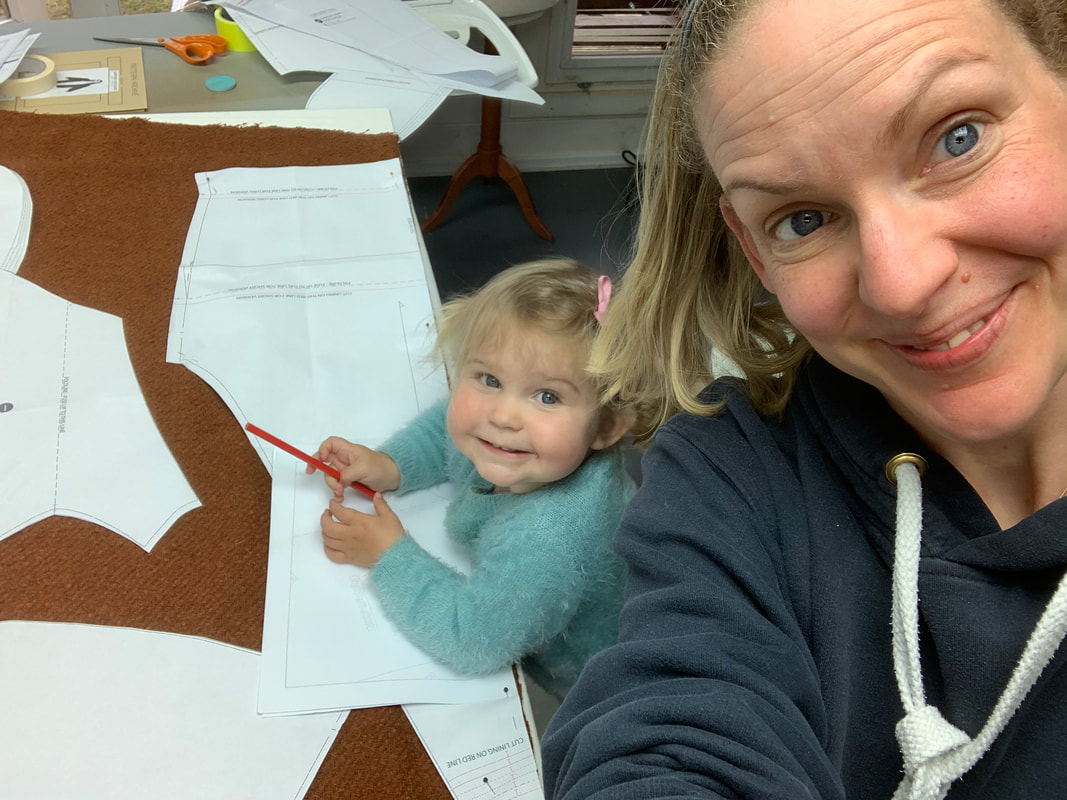
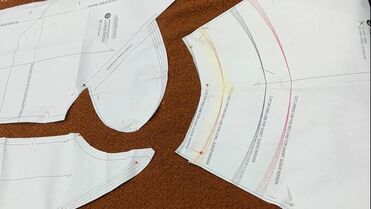
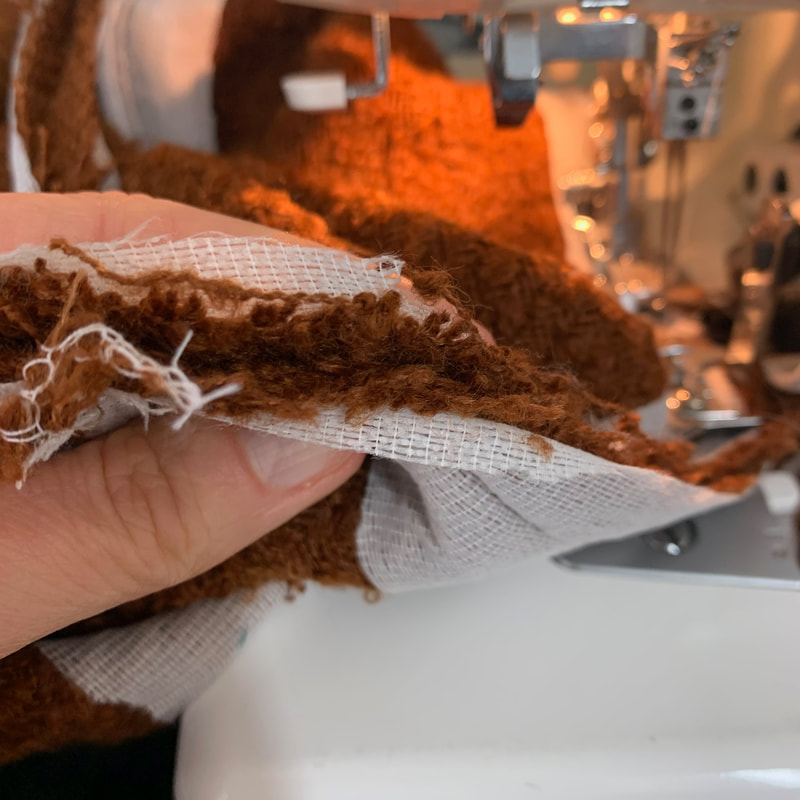
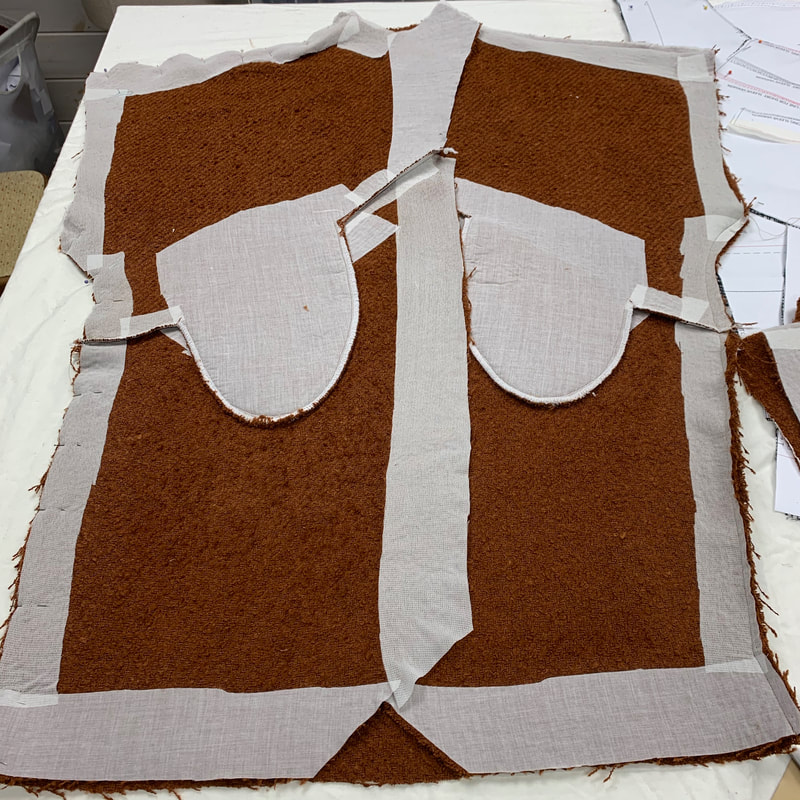
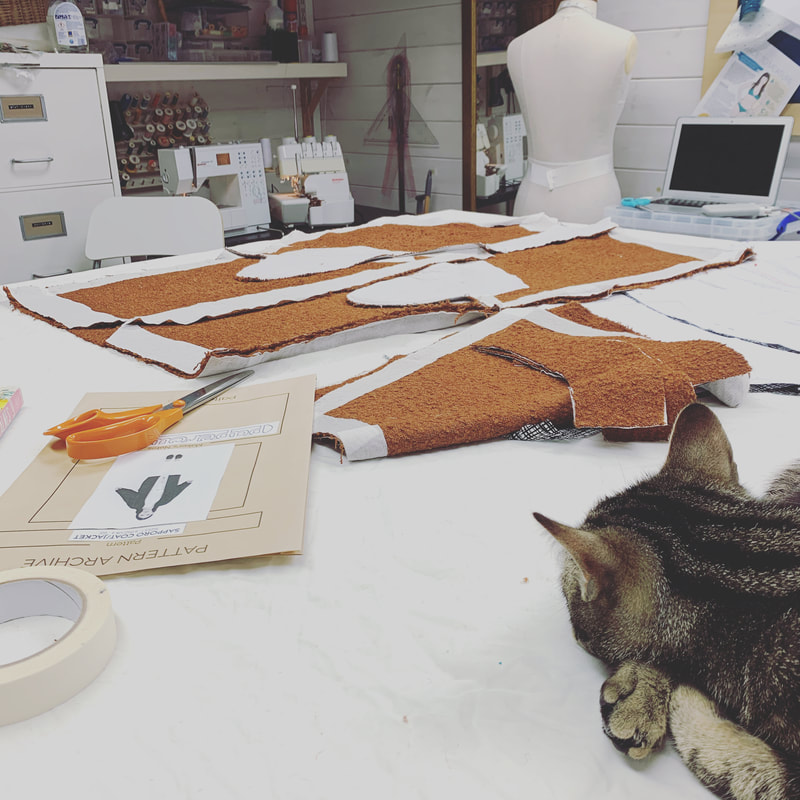
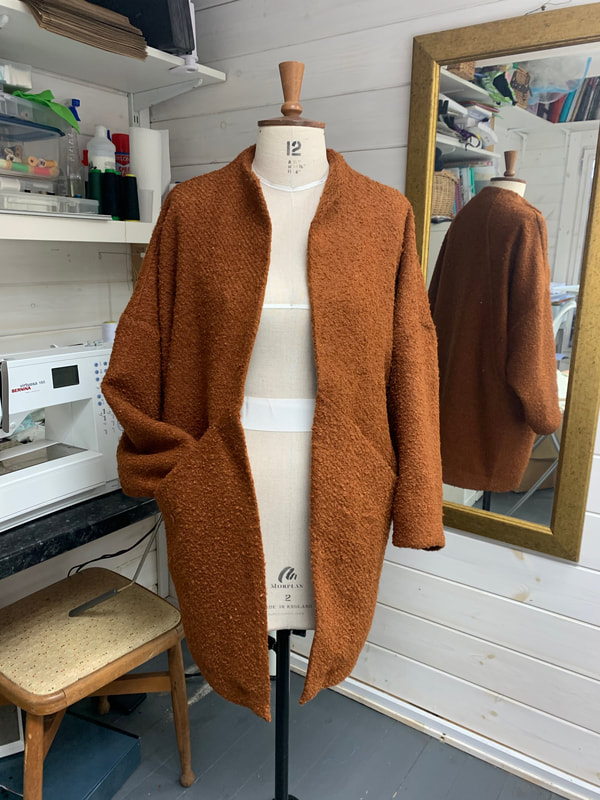
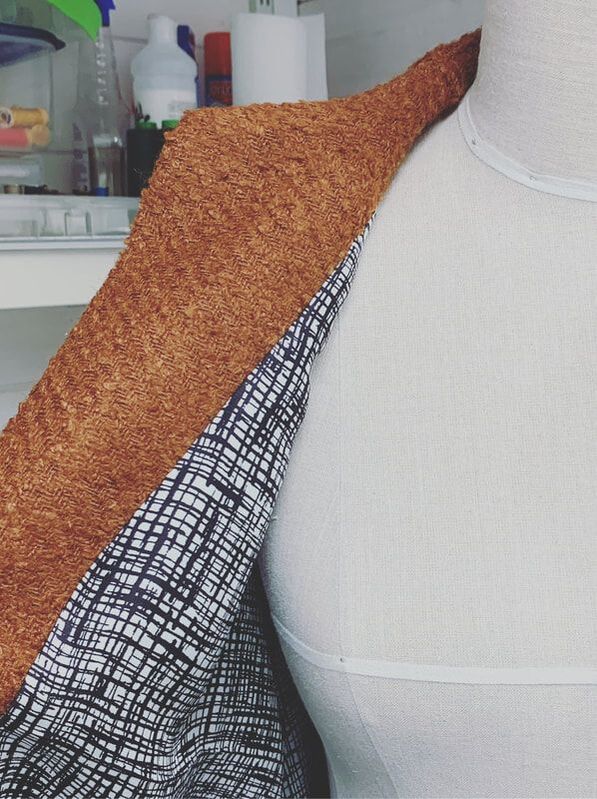
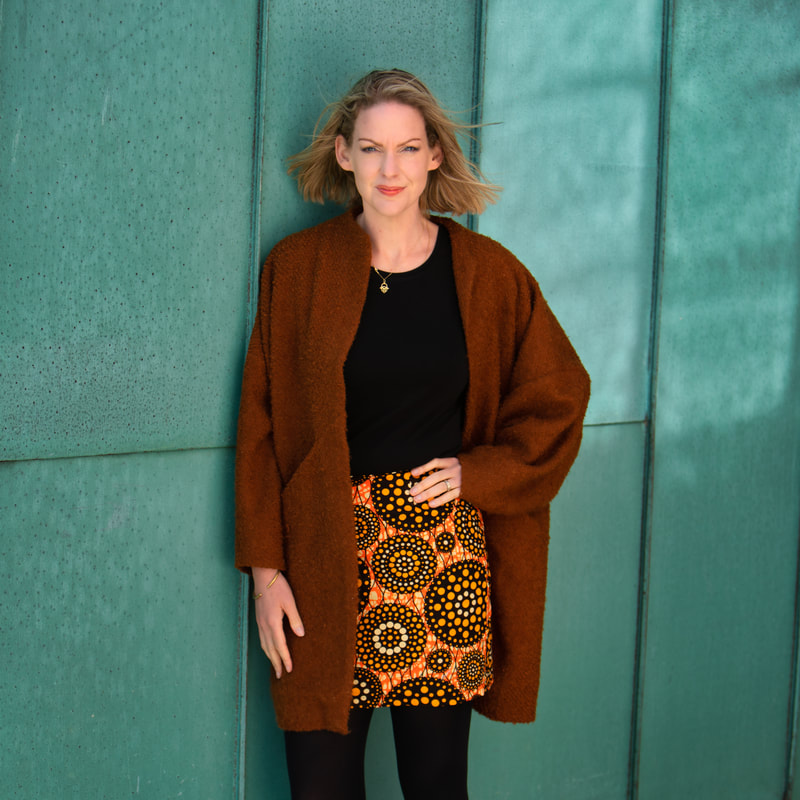
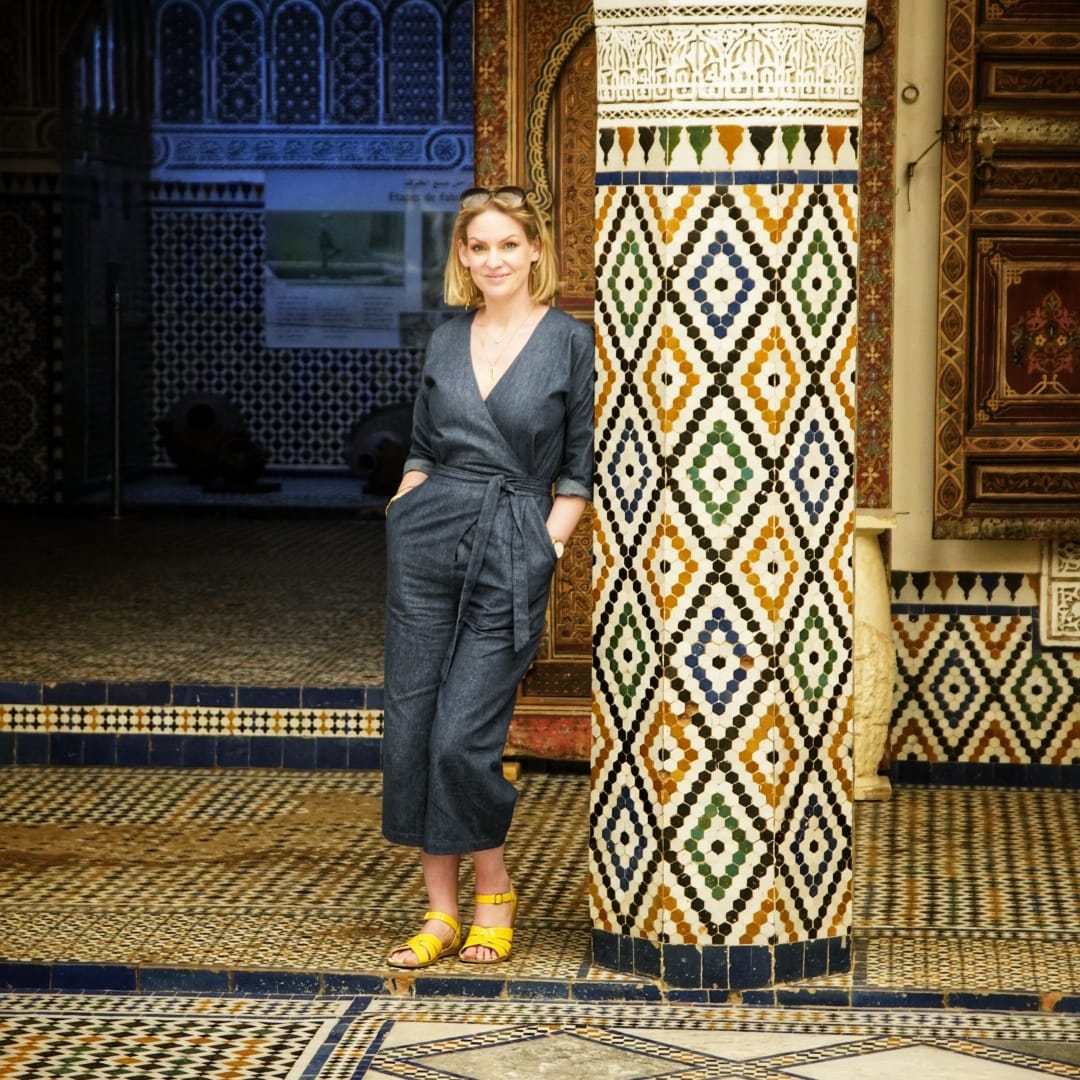
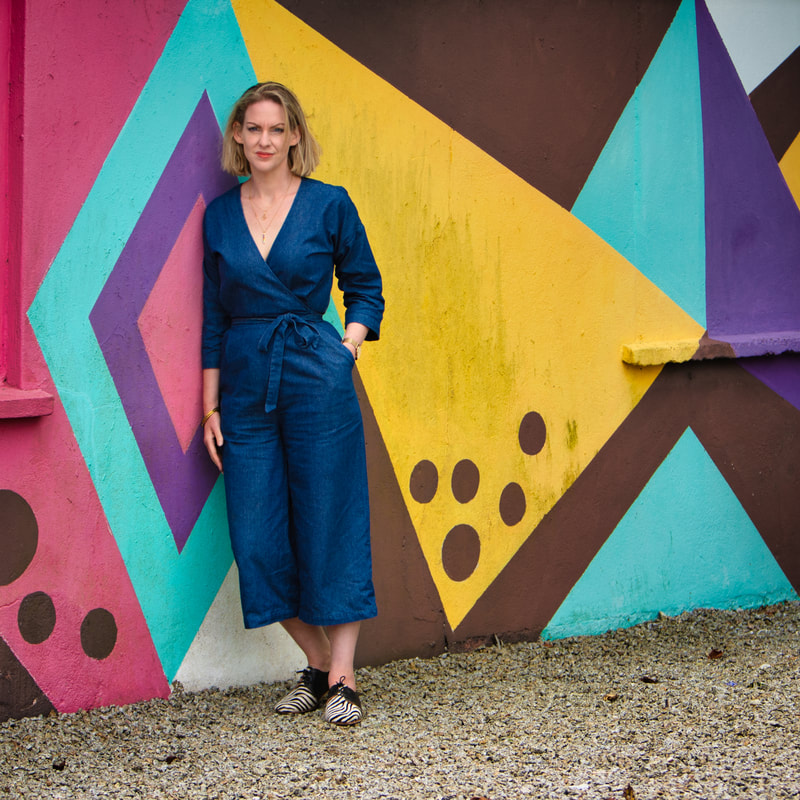
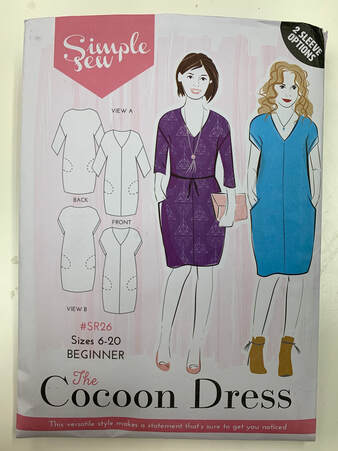
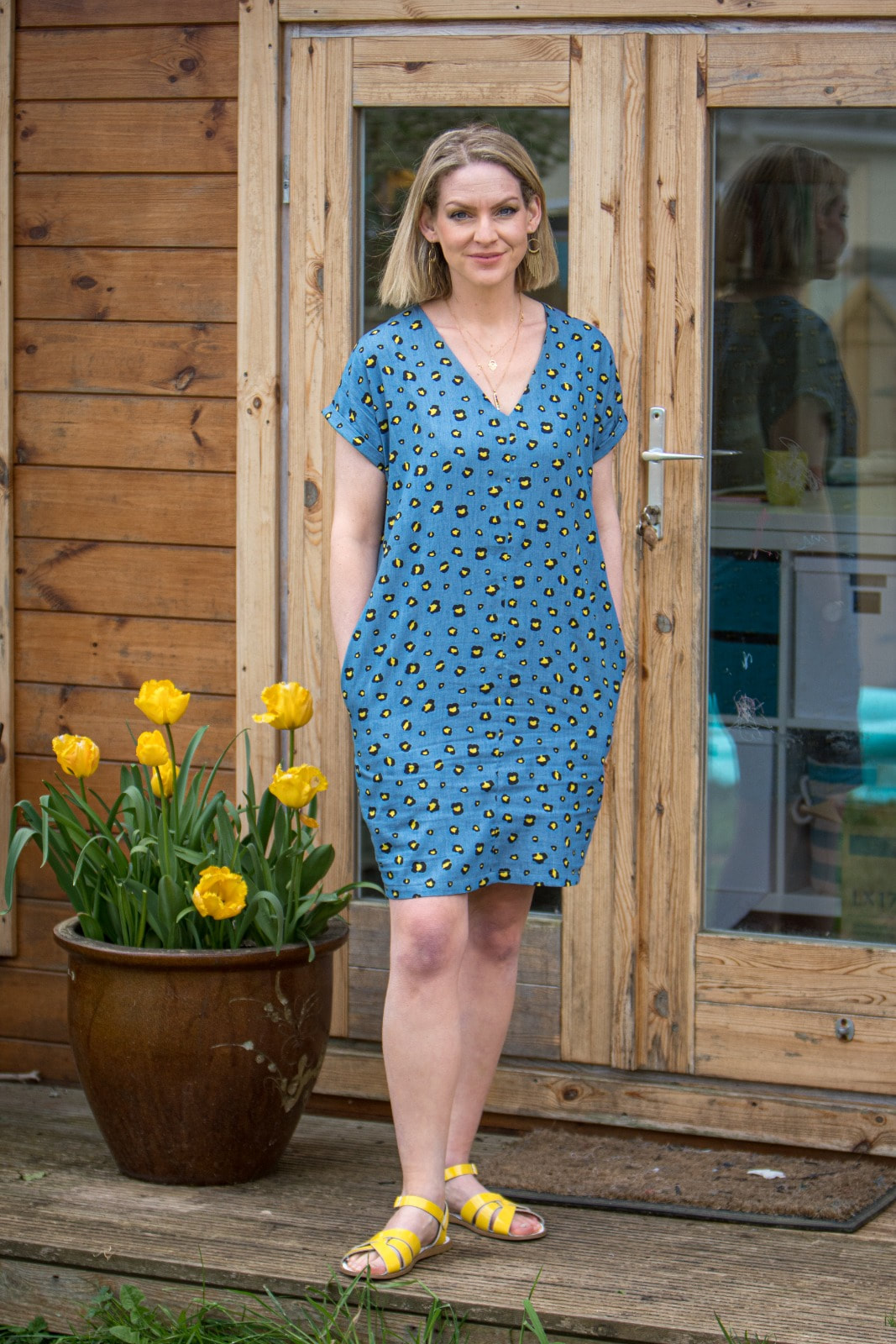
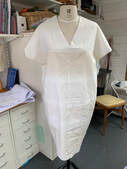
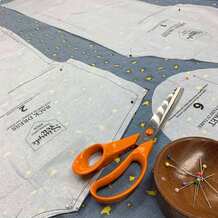
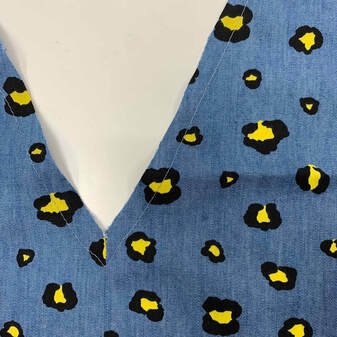
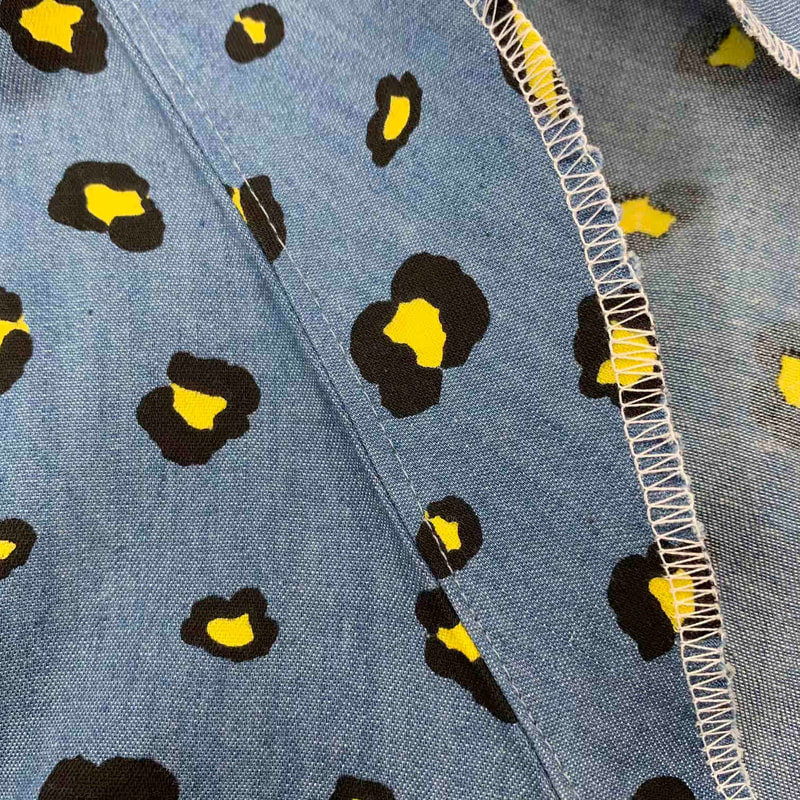
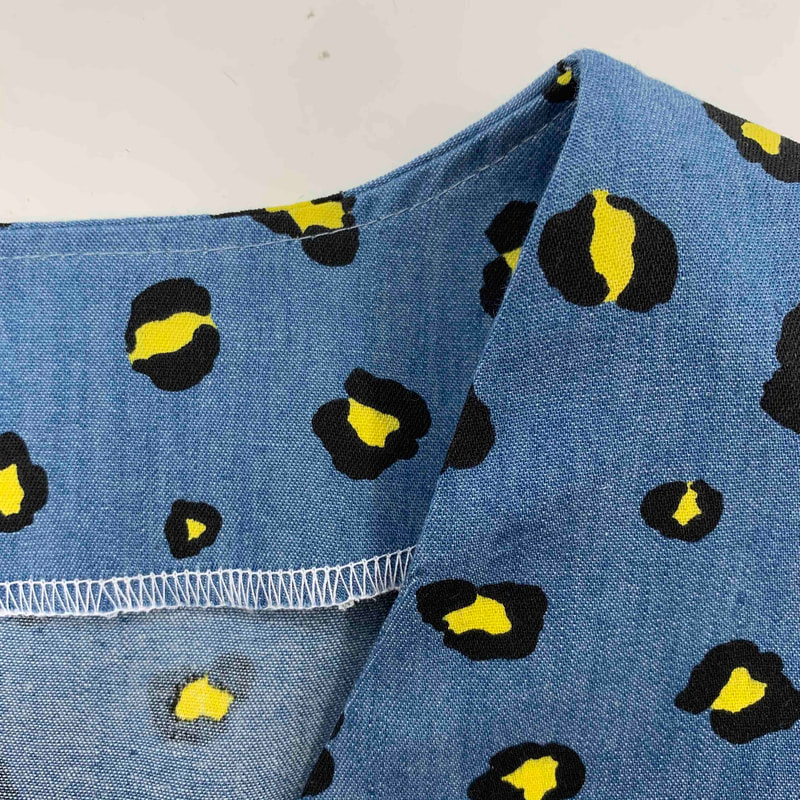
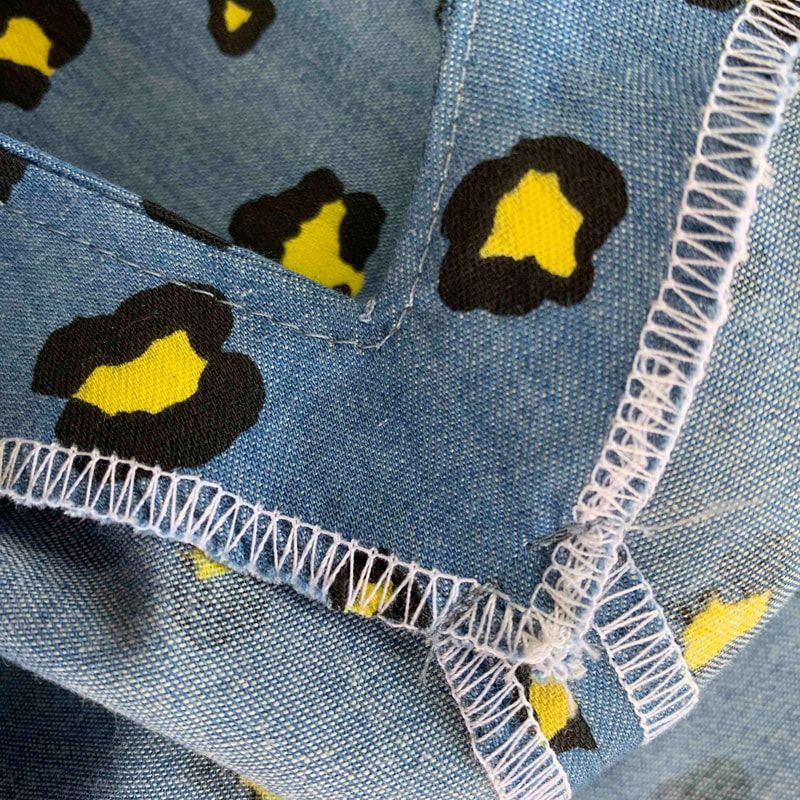
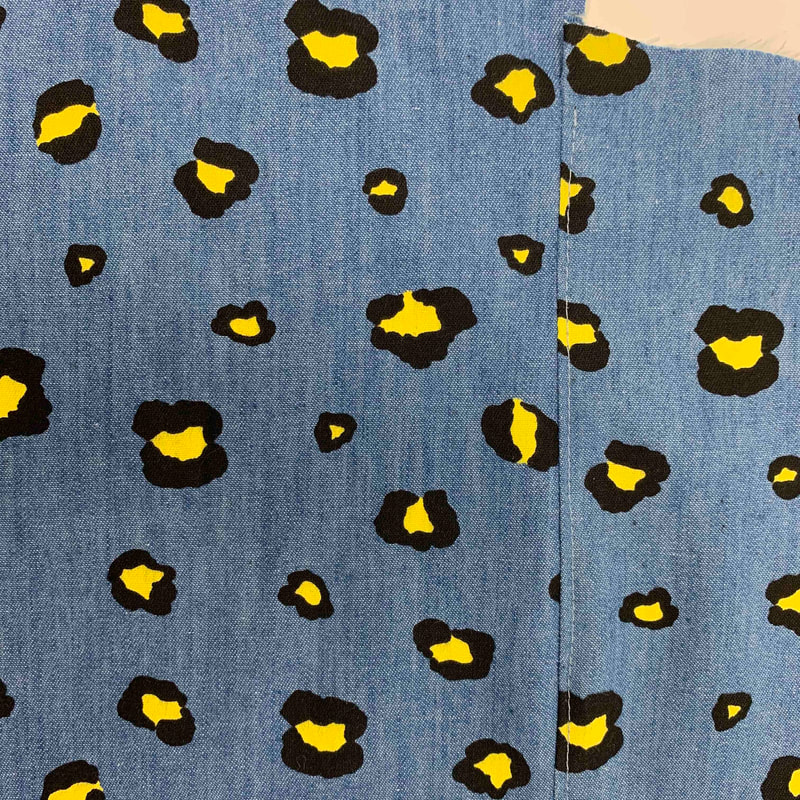
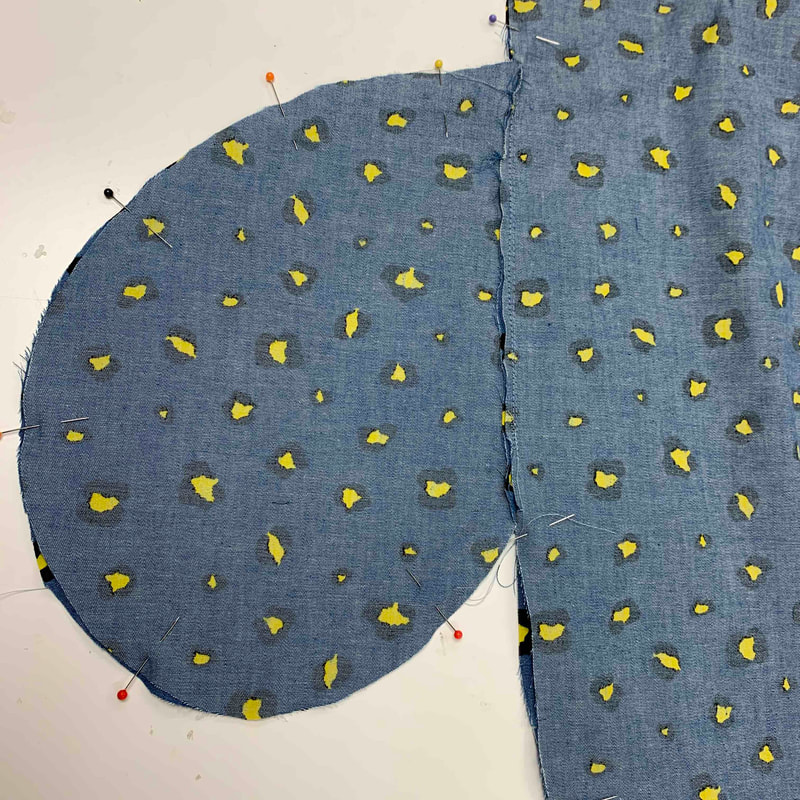
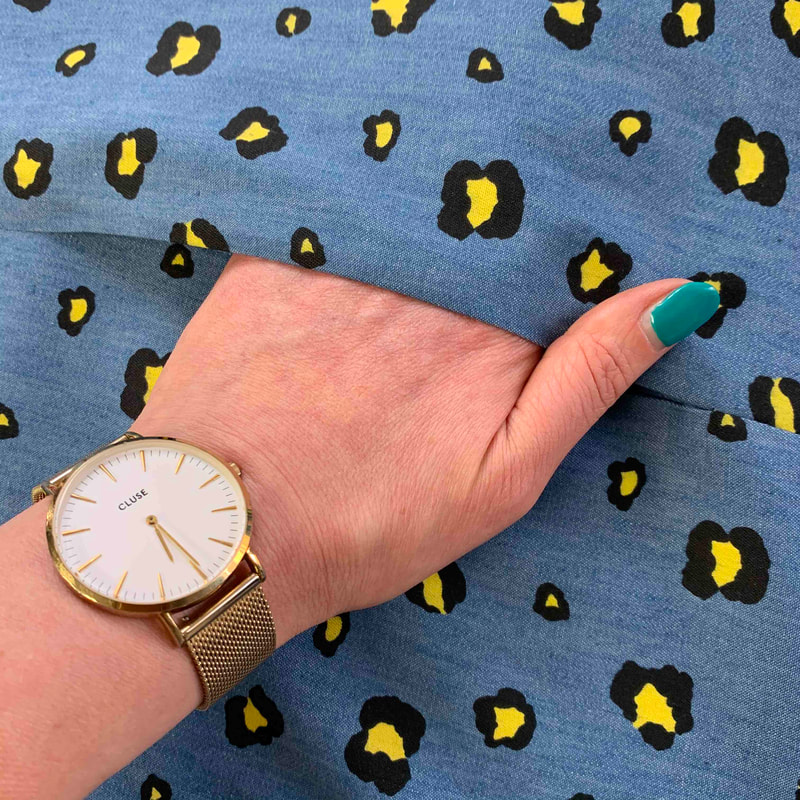
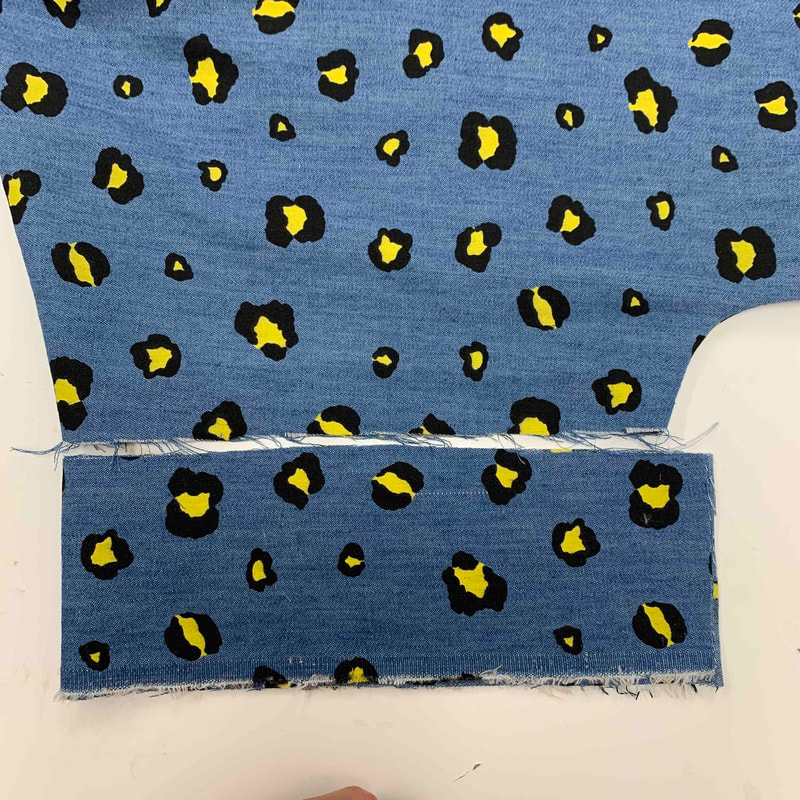

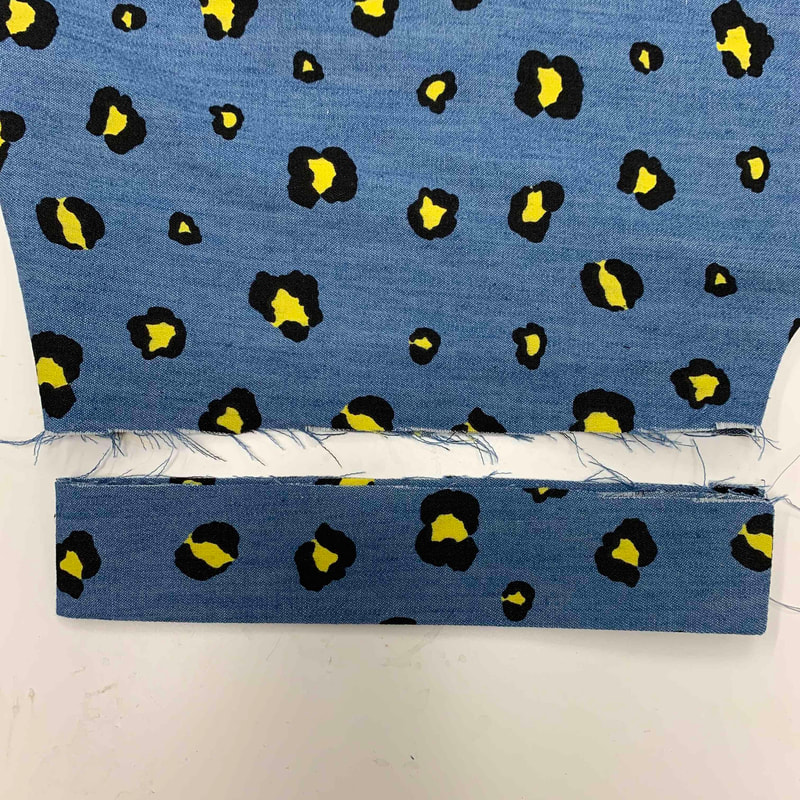
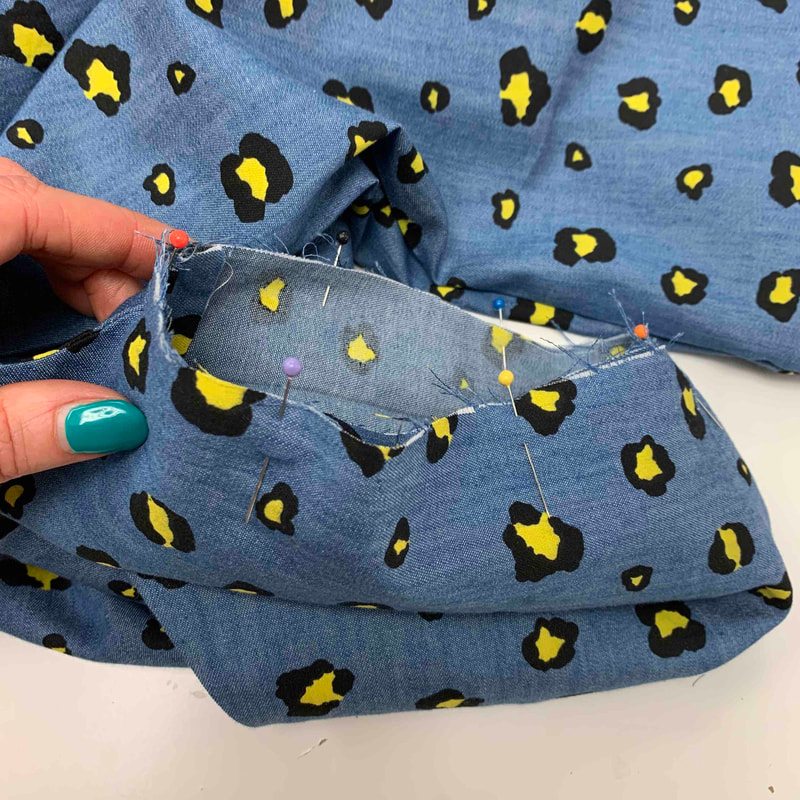
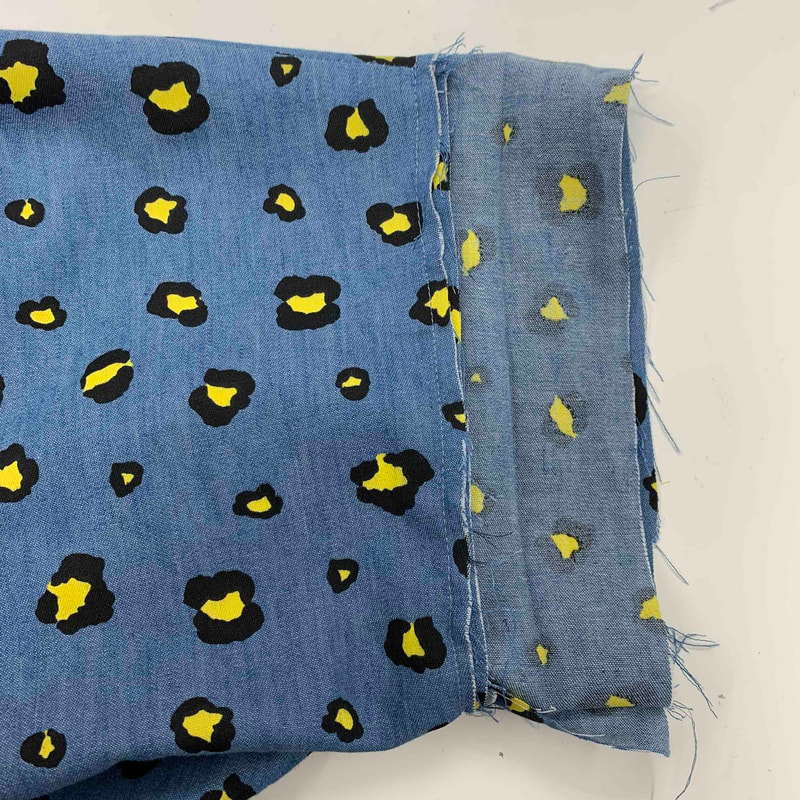
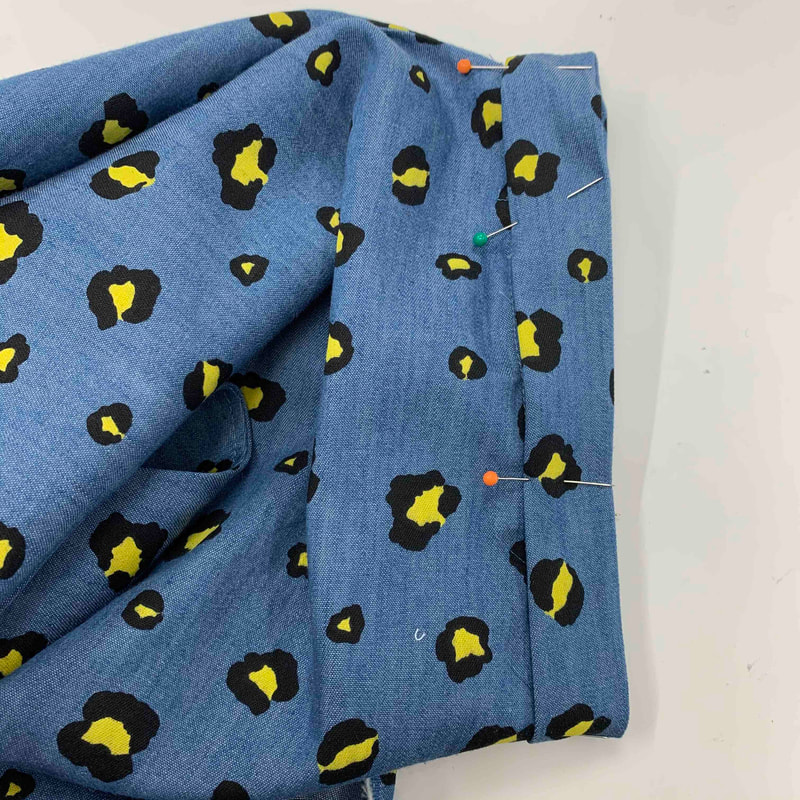
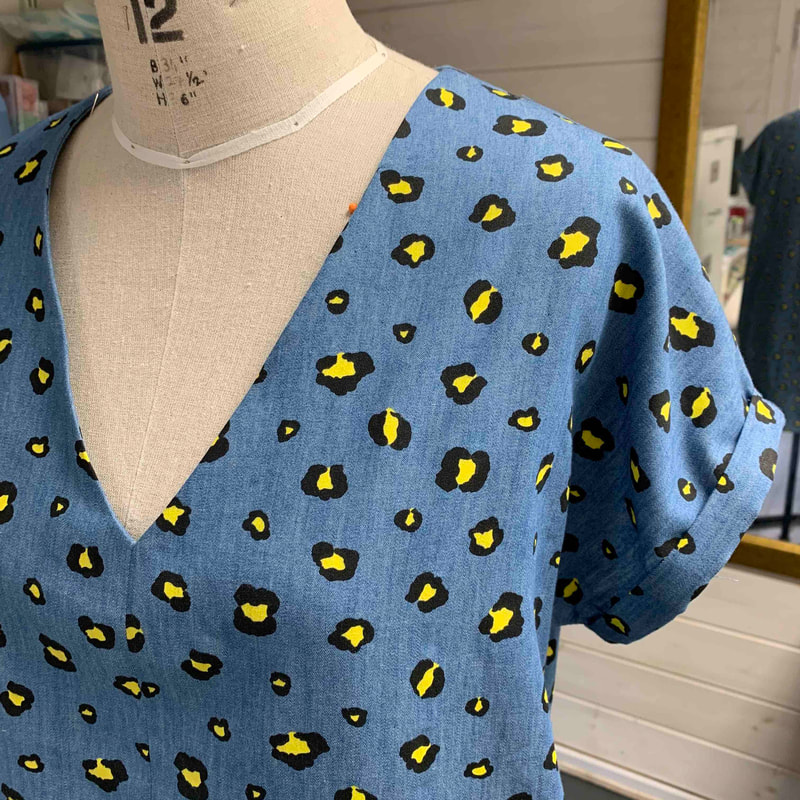
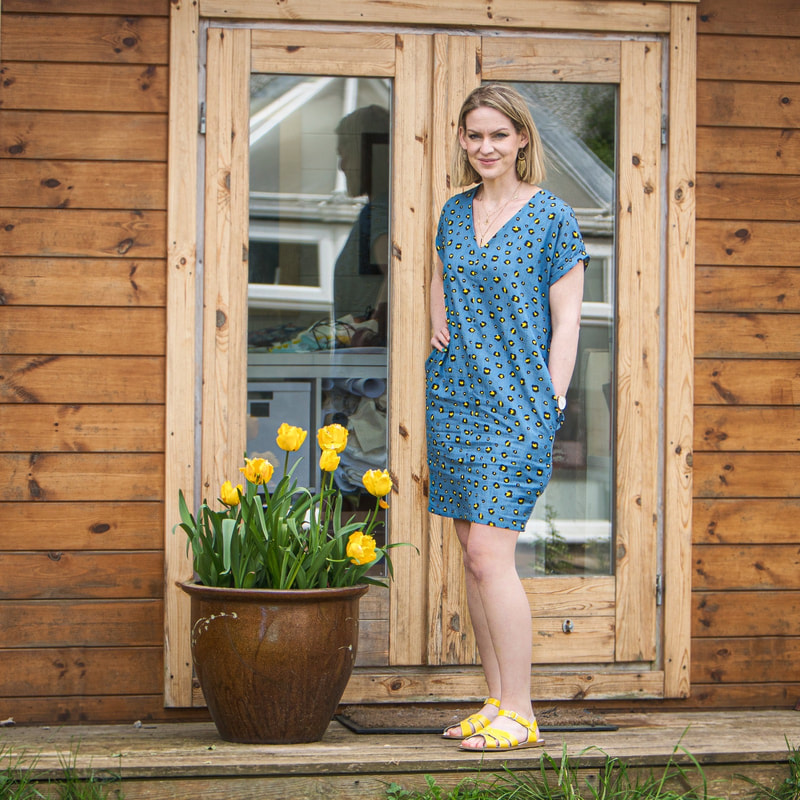
 RSS Feed
RSS Feed